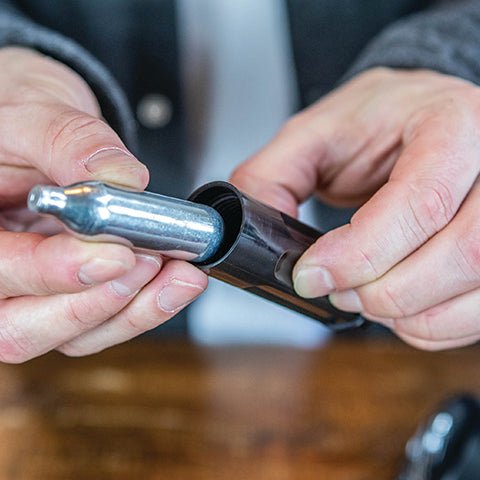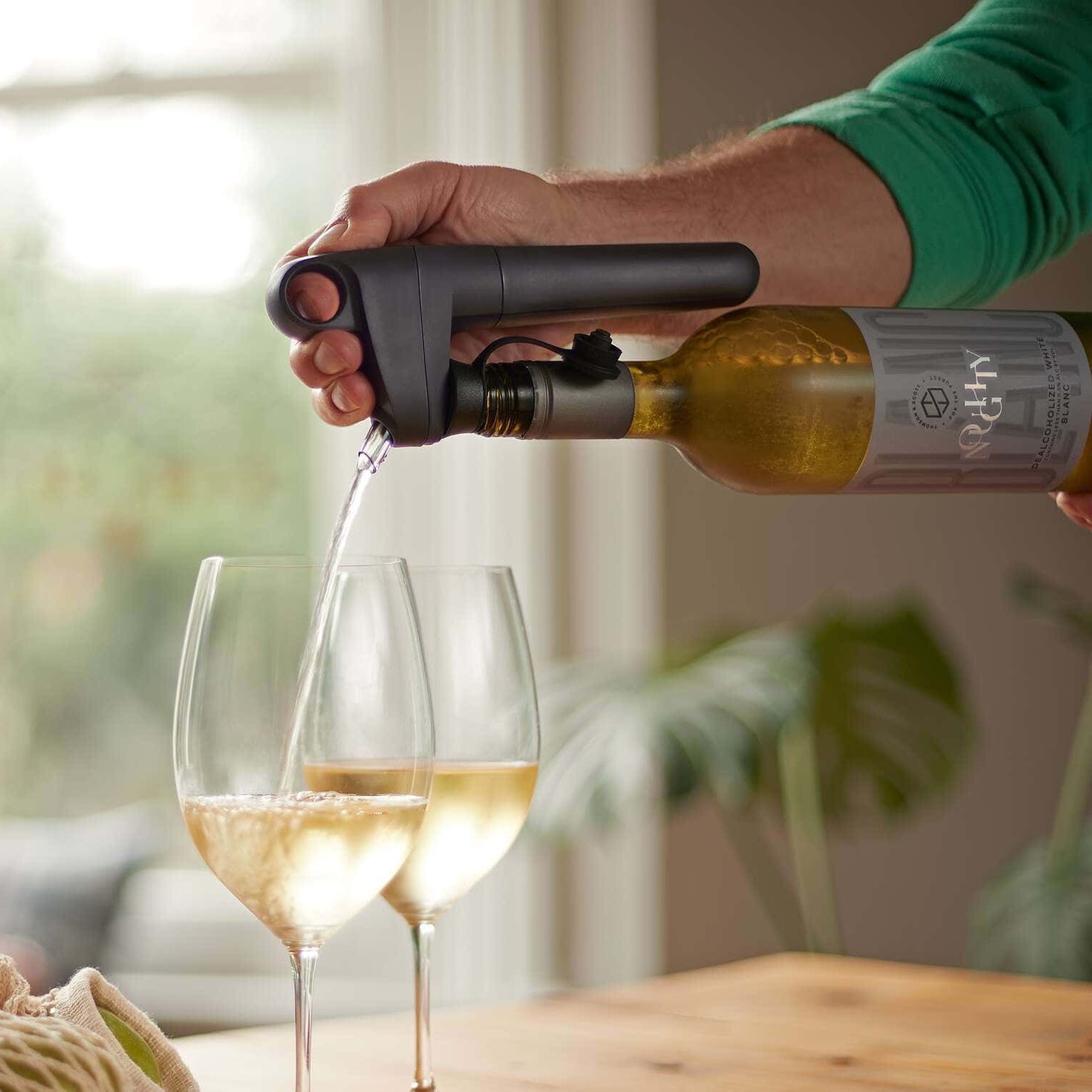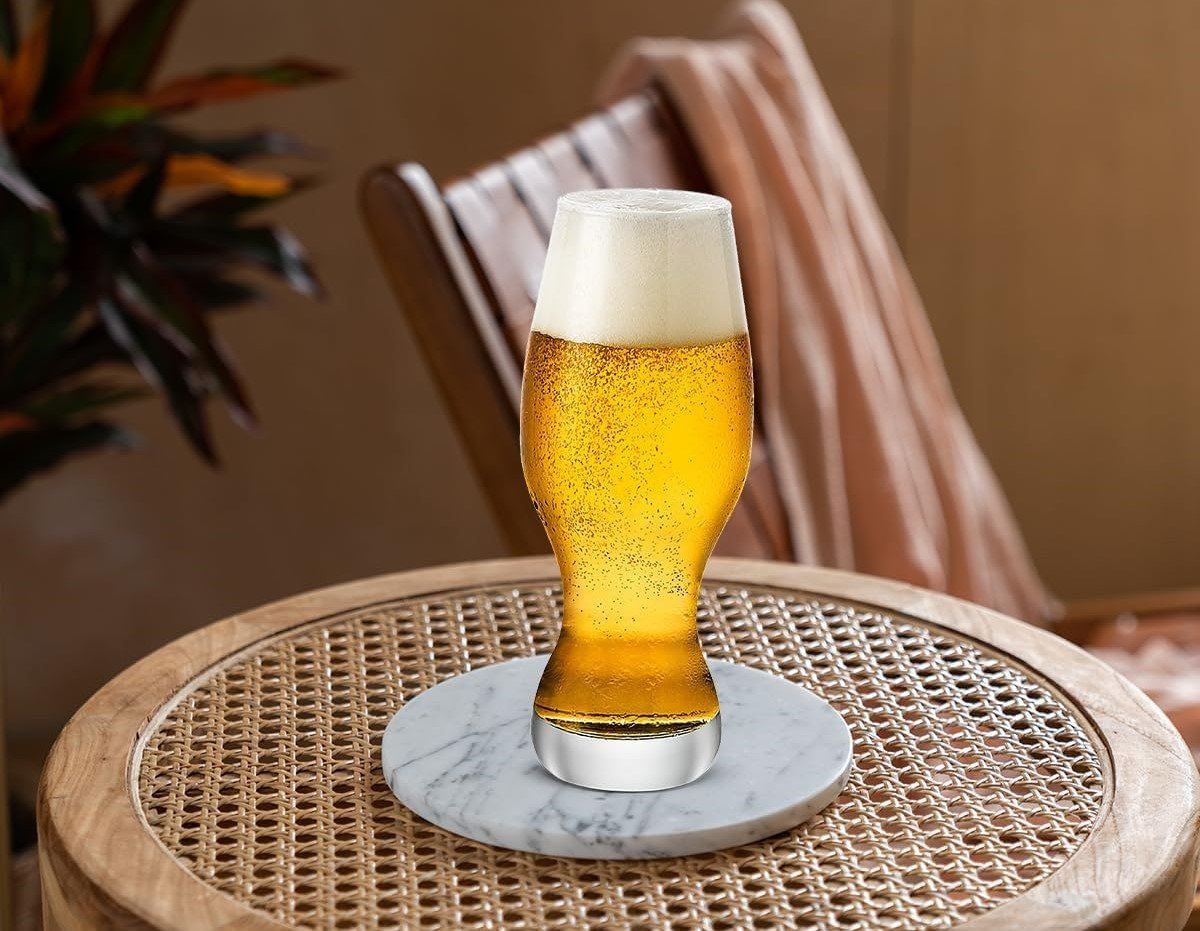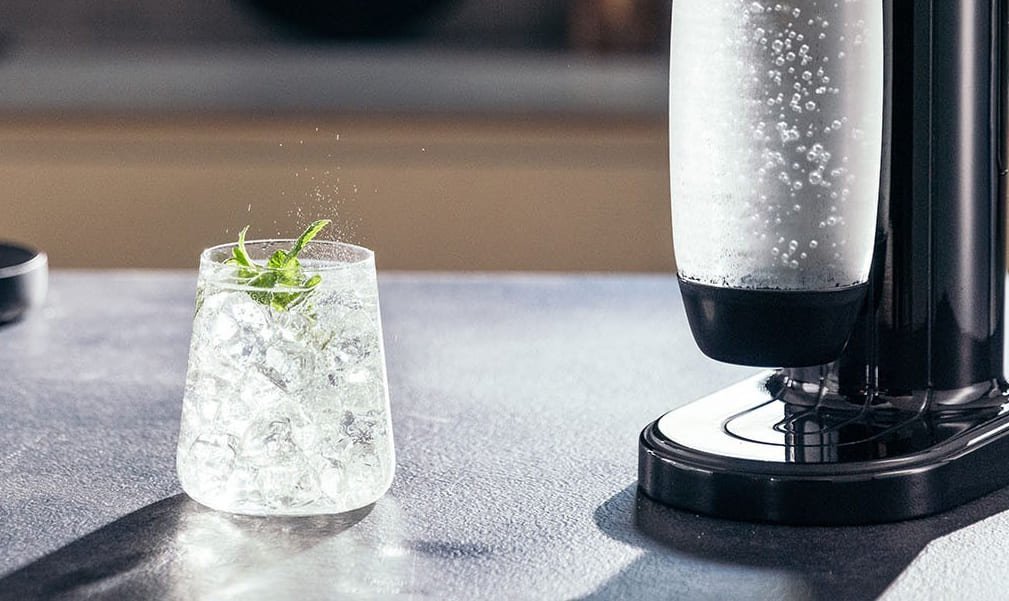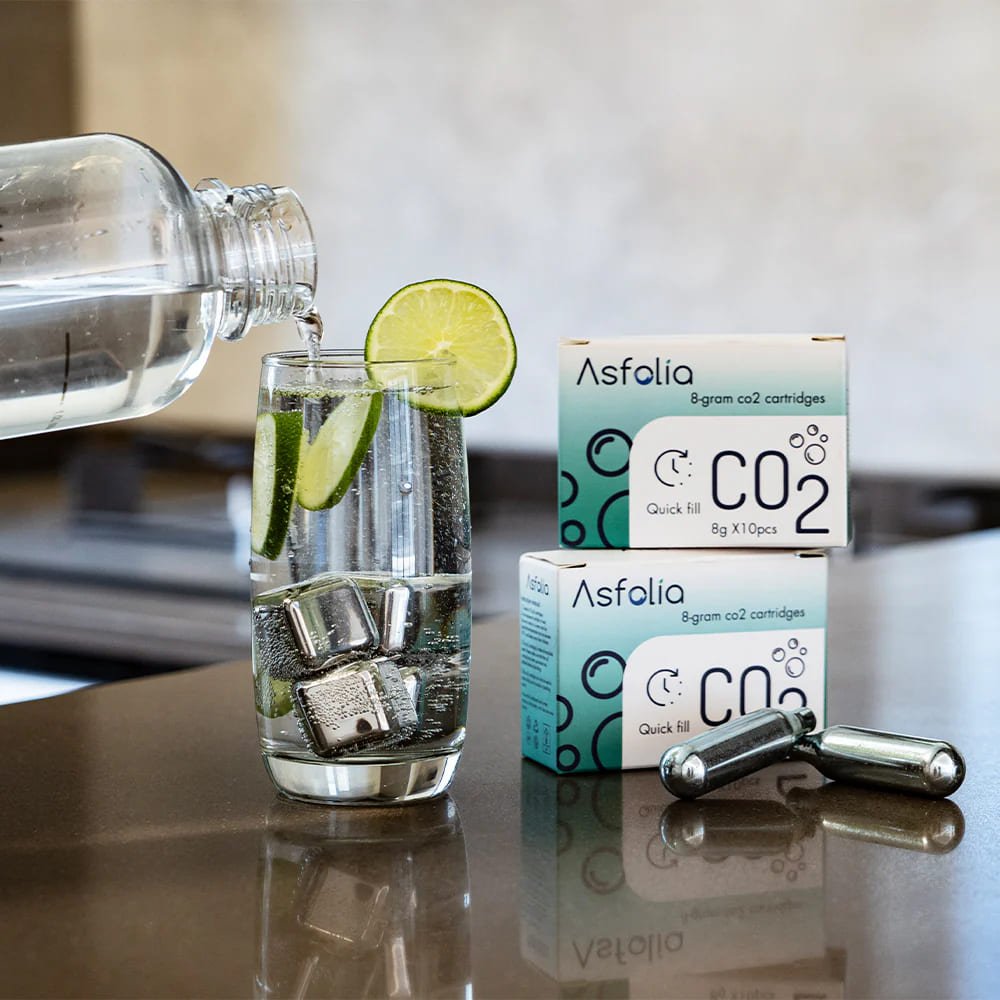Flat tires can ruin a ride. Hand pumps are slow and exhausting. When you’re on the trail or in a race, you need a solution that’s fast, light, and reliable.
Yes—CO2 cartridges are the fastest, most portable way to inflate bike tires during emergencies. They save time, space, and effort compared to traditional hand pumps.
If you’re in the bike gear business—or considering expanding into CO2 accessories—understanding how CO2 inflation works and what your customers really need is essential. This guide will break it down clearly and practically, based on insights from our global B2B clients.
Is a CO2 Bike Tire Inflator Better Than a Pump?
Carrying a bulky pump and sweating over tire inflation? That’s outdated and inconvenient.
CO2 inflators(https://bicycles.stackexchange.com/questions/699/what-are-advantages-and-disadvantages-of-co%E2%82%82-inflators-over-frame-pumps) are better for on-the-go use because they’re faster, lighter, and effortless. Pumps still matter for home use or extended rides.
Why CO2 Wins for Most Riders
- Speed Matters: A CO2 cartridge can inflate a road tire in 5–10 seconds, while pumps can take minutes.
- Size and Weight: CO2 inflators are compact and fit easily in a jersey pocket, saddlebag, or tool kit.
- Zero Effort: No more tiring manual pumping—just connect and release.
However, CO2 inflators are single-use. For longer trips, many riders carry a mini-pump as a backup.

| Feature | CO2 Inflator | Hand Pump |
|---|---|---|
| Inflation Time | < 10 seconds | 2–5 minutes |
| Portability | Very compact | Bulkier |
| Effort | No manual work | Requires strength |
| Reusability | Single-use cartridge | Infinite |
| Use Case | Emergency/Quick Fix | Daily/Long Rides |
How Much CO2 Is Needed to Inflate a Bike Tire?
Not all tires require the same amount of CO2. Using the wrong size cartridge can lead to wasted gas or underinflated tires.
A 16g cartridge is enough for a road bike. Larger tires, such as those on mountain or gravel bikes, may require 20g or 25g cartridges.
Matching Cartridge Size to Tire Type
- Road Bikes (700×23–28c): 16g is ideal, inflating up to 120 PSI.
- Gravel Tires (35–42c): May need 20g for full inflation.
- MTB/Fat Tires: 25g or two smaller cartridges may be required for complete inflation.
CO2 inflators work quickly but not always precisely, so customers should check tire pressure after inflation.
| Tire Type | CO2 Cartridge Size | Typical PSI |
|---|---|---|
| Road Bike | 16g | 100–120 PSI |
| Gravel Bike | 20g | 40–60 PSI |
| MTB (29×2.2) | 25g | 30–35 PSI |
| Fat Bike | 2 x 25g | 10–20 PSI |
How Long Does CO2 Last in a Bike Tire?
Ever inflated a tire with CO2 only to find it flat the next morning? That’s normal and expected.
CO2 escapes faster than regular air. Most CO2-inflated tires will lose significant pressure within 24 to 48 hours.
Why CO2 Doesn’t Last Long
- Smaller Molecules: CO2 leaks through rubber faster than nitrogen or oxygen.
- Temperature Drop: CO2 is cold when released, which lowers tire pressure immediately.
- Short-Term Fix: It’s great for quick repairs but not for long-term inflation.
For your customers, one key takeaway is that CO2 is meant for getting home or finishing a race—after that, they should switch to a floor pump.
| Inflation Method | Pressure After 24h | Pressure After 48h |
|---|---|---|
| CO2 Cartridge | 70–80% | 40–60% |
| Air Pump | 90–95% | 85–90% |
How to Properly Use a CO2 Cartridge to Inflate a Bike Tire
Most first-time users waste their CO2. Some even freeze their fingers. It doesn’t have to be this way.
To use a CO2 inflator correctly: attach the cartridge, connect to the valve, release gas slowly, and protect your hand from the freezing metal.
Step-by-Step Guide
- Prepare the Valve
- Presta: Unscrew the small top nut.
- Schrader: Just uncover the cap.
- Install the Cartridge
- Screw it into the inflator head (some puncture automatically).
- Attach to the Valve
- Hold the inflator firmly and stay steady.
- Release the Gas
- Use a trigger or twist mechanism to start the flow.
- Inflate in short bursts for tubeless tires.
- Remove Carefully
- Cartridges get icy—use a sleeve or cloth.
- Check Pressure
- Squeeze the tire or use a gauge for accuracy.
One last tip: always carry a spare cartridge. They’re light, affordable, and having a backup is crucial.
Choosing the Right CO2 Inflator for Your Bike: A Buyer’s Guide
Not all inflators are created equal. The wrong inflator can lead to wasted gas, leaky valves, or bad customer reviews.
The best CO2 inflators are compact, durable, valve-compatible, and easy to control. Look for features that enhance safety and efficiency.
What to Look for in a Good Inflator
- Valve Compatibility: Most modern inflators fit both Presta and Schrader valves. Avoid single-type models unless necessary.
- Gas Control: Trigger-based or twist-to-inflate models prevent overinflation and waste.
- Durability: CNC-machined aluminum lasts longer and handles cold better than plastic.
- Cartridge Type: Threaded cartridges offer a secure fit and are the standard for high-quality inflators.
- Extras: Insulated sleeves prevent frostbite. Built-in gauges are rare but useful.
| Feature | Why It Matters |
|---|---|
| Dual Valve Support | Works with any bike without adapters |
| Flow Control | Prevents overinflation and gas waste |
| Metal Body | Resists freezing and breaking |
| Threaded Cartridges | Ensures a safe, secure connection |
| Sleeve Included | Prevents frostbite from cold cartridges |
Conclusion
CO2 inflators are the quickest and most practical tool for emergency tire inflation. Choosing the right inflator and matching the correct cartridge size ensures you’re always ready to ride.
If you’re sourcing CO2 cartridges or inflators for your bike accessory business, outdoor gear store, or private brand—we manufacture all sizes, support private labeling, and ship worldwide. I’ve worked with buyers just like you in the US, Germany, Australia, and beyond.
📧 Contact me at: ga**@*******as.com
🌐 Visit us at: alizeemetal.com

![which co2 cartridge size is best for soda makers [complete buying guide]](https://alizeemetal.com/wp-content/uploads/2025/09/Which-CO2-Cartridge-Size-Is-Best-for-Soda-Makers-Complete-Buying-Guide.jpg)
